An important first distinction is between direct and indirect trade. Direct trade has regained importance as a result of the third wave coffee, specialty coffee and sustainability movements. However, indirect trading is still the classic. The supply chain is complex and includes many stations: coffee farmers, cooperatives, futures, exporters, shipping companies, importers, logistics companies and finally roasters and us as consumers. Everyone takes on a task and in return a small or larger piece of the coffee cake.
The futures transactions mainly take place on the stock exchanges in New York (Arabica) and London (Robusta). Like with other commodities, traders speculate on the price of coffee there. However, this does not apply to specialty coffee, as we source and roast it.
What is direct trade coffee?
Real direct trade is not that easy when there are several thousand kilometers between sellers and buyers. Nevertheless, there are roasters that source their green coffee exclusively through direct trade. This means that the roasters regularly travel to the growing countries themselves and negotiate contracts directly with the producers. This has advantages and disadvantages, which we will look at below.
In manufacturing companies, there's benefit from better prices, a strong, reliable relationship and a mutual exchange of knowledge through direct trade. The advantages for roasters are obvious: they have a direct view of the green coffee, taste it on site and negotiate a fixed price for it with the farmer or cooperative. Middlemen who want a piece of the coffee cake are left out. They also get their own idea of coffee cultivation, can communicate their wishes better and learn from each other.
However, for roasting companies as buyers, direct trade also has some pitfalls and disadvantages. The prerequisites for good business are extensive knowledge of green coffee and the differences in quality. You should also know about local social and economic customs. There are also some risks for which you have to be liable in direct trading. In short: the entrepreneurial risk is much higher.
It is also common for the next harvest to be pre-financed. This in turn requires a lot of capital in order to minimize the risk for farmers and to be able to secure a specific lot . This is why several roasting companies often join together to form purchasing groups. In this way, they guarantee producers larger purchase quantities, share transport and logistics costs and thus minimize the risks for themselves and the sellers.
What does direct trade mean?
The direct trade label suggests fairness and sustainability. Through personal relationships with farmers, long-term partnerships and the greatest possible transparency about the social and ecological growing conditions. However, the term is not protected.
So, like everywhere else, it's worth taking a closer look if the topic of sustainability is really important to you. So if it says “Direct Trade” on a coffee, you should ideally also find further information on the packaging, the roastery website or an information card. This could, for example, be information about the exact origin of the green coffee (country, region, place, farm).
Does the roastery also provide further information, or does it just use the term?
How we buy coffee
In recent years, more and more small importers have ventured into the coffee trade. The idea for this often arose from a passion for coffee, stays abroad and a vision of fairer trading. They therefore often concentrate on one or two countries of origin.
As Günter Coffee Roasters, we have been improving every year since we were founded in 2018 in terms of sustainability and fairness in trading. We source the green coffee for some of our coffees directly from Ocafi, whose co-founder Luis runs five coffee farms with his family in Brazil. You can find Brazil Santa Alina as a single-origin coffee in the shop. The Brazil Matao in our signature blend Günter.
Since we have decided to offer coffees from several countries from the start, real direct trade is not (yet) feasible for us. That's why we also buy our coffees through intermediaries. However, we pay close attention to ensuring that they make the growing conditions transparent to us and can convey them credibly. And that there are not too many actors between us and the farm.
Collaboration with small importers for specialty coffee
In addition to Ocafi's Santa Alina, we also source our Colombian coffees from a small importer who is located directly at the source. Nikolai Fürst from Desarrolladores de Café, DDC for short, runs his own roastery with an attached café in Medellín. We met him a few years ago at the German coffee championships.
In addition to his roastery and café, he also offers roasting and other training courses and exports selected Colombian coffees to Europe. He works locally with a handful of farmers with whom he tries out processing processes and, in close collaboration, produces batches of coffee that have exceptional flavor profiles and are sustainable.
We have also been working with Vanía from Somaho , a small import company for coffee from Rwanda, for a while now. We get the green coffee beans from her for our Rwanda People's Farm, which is sold out by now. Somaho means something like: “Take a sip!” in the national language of Rwanda.
We get the beans for our decaffeinated coffee from Benni from Café San Felipe. We team up with the Indie Roasters from Bielefeld for our Robusta from India, whose voluminous crema you can taste in our Arabica-Robusta blends Marcello Sweet and Toulouse.
The main advantage of working with smaller retailers is transparency. Because this is exactly what sets them apart from their larger competitors. It is much easier for them to keep an eye on everything and give detailed reports from the farms. They also make it easier to pass feedback back to the farmers. Smaller importers often share advance financing with the roasters. The sometimes high risk is spread across several shoulders, which in turn ensures more fairness and strong personal and trading relationships.
40% of our coffees roasted in 2022 came from trade with small importers. For 2023, this number increased to 53%.
Purchasing green coffee from larger specialty coffee retailers
The biggest share of the coffee market is made up of large traders who operate on several continents and in many countries. This is no wonder, as specialty coffee is becoming increasingly popular and with it the profit potential is growing. We are currently working with four larger green coffee traders: Cafe Imports Europe based in Berlin, belco based in Mérignac, France, Ally Coffee from Sweden and Gollücke & Rothfos from Bremen.
For us as a small micro-roasting company - according to the definition of our Swiss coffee maker colleagues, one is considered such with a production of between 6-50 t of roasted coffee per year - this way of purchasing green coffee offers a number of advantages:
- Selection: No one offers as much selection as the big ones. Several hundred coffees from all kinds of countries? No problem! Nevertheless, we always make sure that information about the coffees is available and that the growing conditions are as transparent as possible.
- Transport costs: For smaller purchase quantities, transport costs play a major role. If we cannot fill an entire pallet during a delivery, the price per kilo will definitely be more affected, as the costs per pallet remain the same, no matter how fully loaded it is. If a retailer offers several coffees that interest us, we can make full use of each range.
- Payment: We only pay for what we receive. This means that even if we have reserved 30 bags, we only have to pay for the ones that we actually have delivered to our roastery. The remaining bags are usually stored near the port and retrieved when necessary. Small importers cannot offer this luxury.
- Availability: Especially for our blends, it is important to us that the components only change when the new harvest is coming. We spend weeks, if not months, tinkering with each roast and blend to achieve a precise result that we are happy with. In order to be able to manage this enormous effort, we have to be able to rely on the availability of the processed coffee until the new harvest.
As a small start-up, it is still difficult for us to properly plan the appropriate quantities. Even a new customer with a medium-sized café can throw the planning overboard because we suddenly need 20-30% more green coffee. It is therefore helpful if our blend components are available in sufficient quantities and at short notice.
Green coffee purchases from larger retailers accounted for 60% of the roasted coffee sold in 2022. In 2023, this number dropped to 47%.
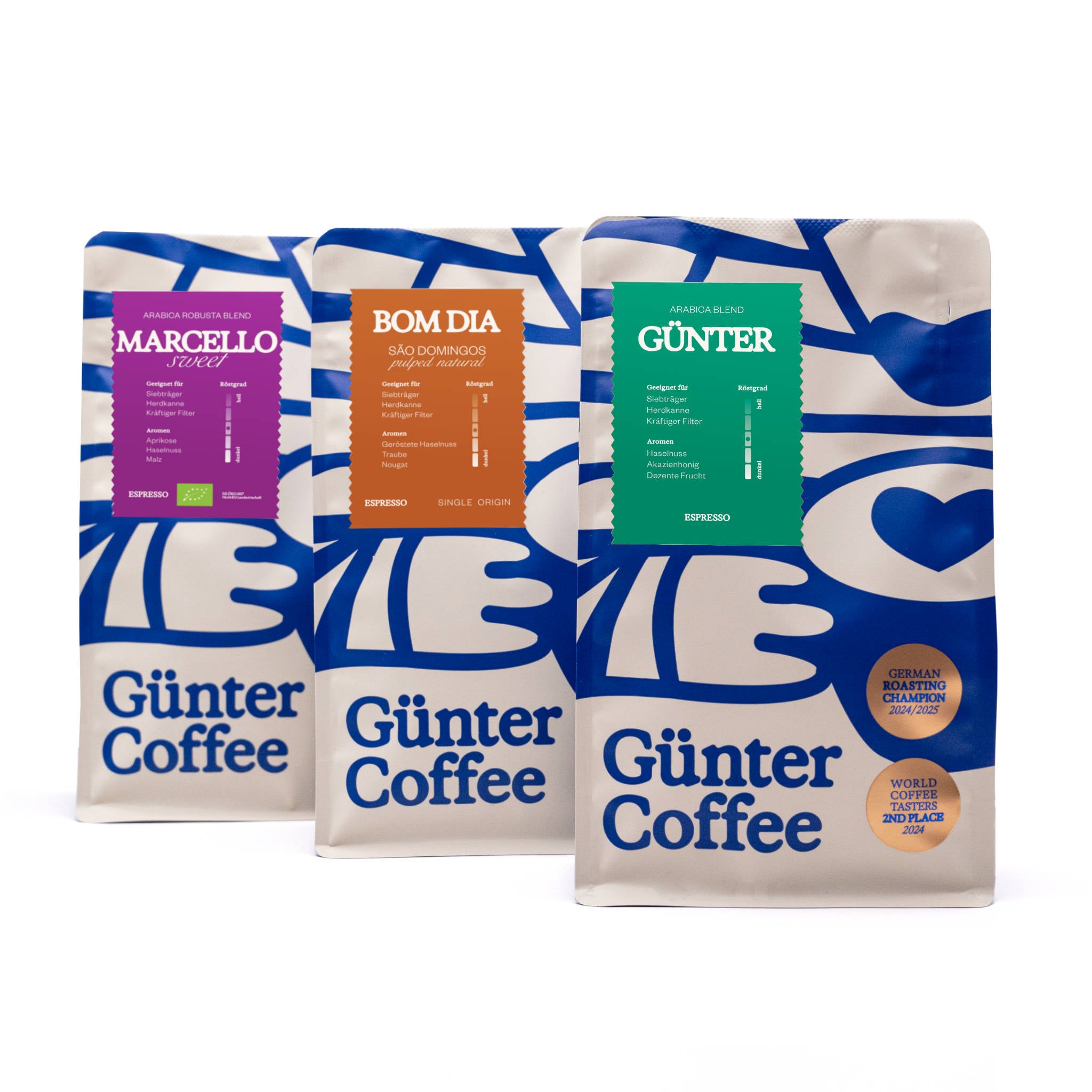

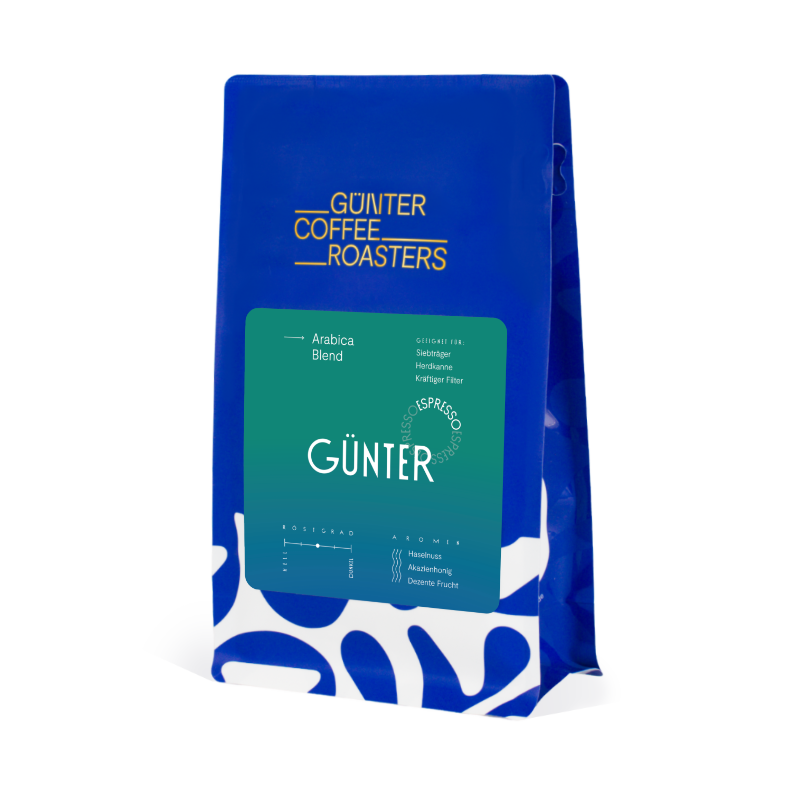

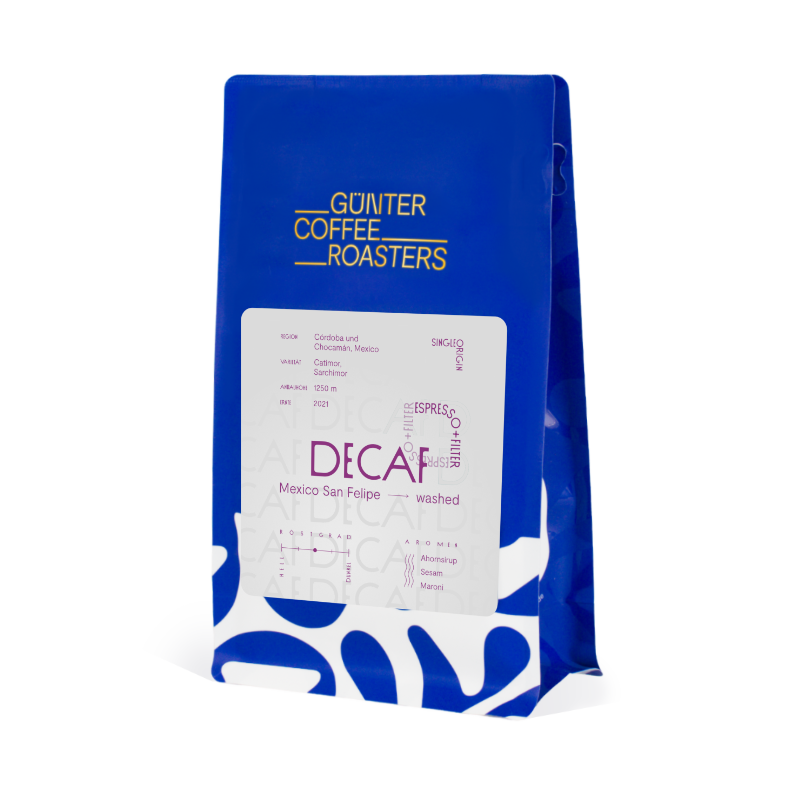
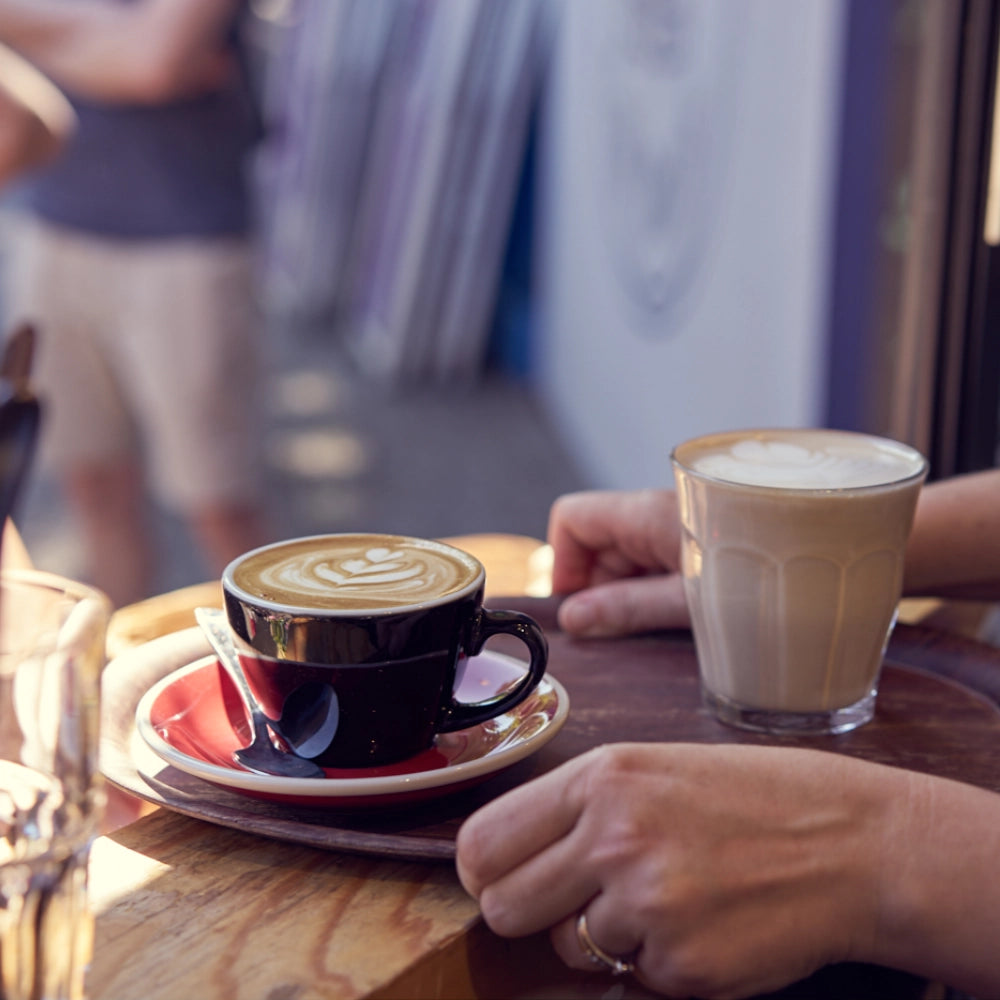


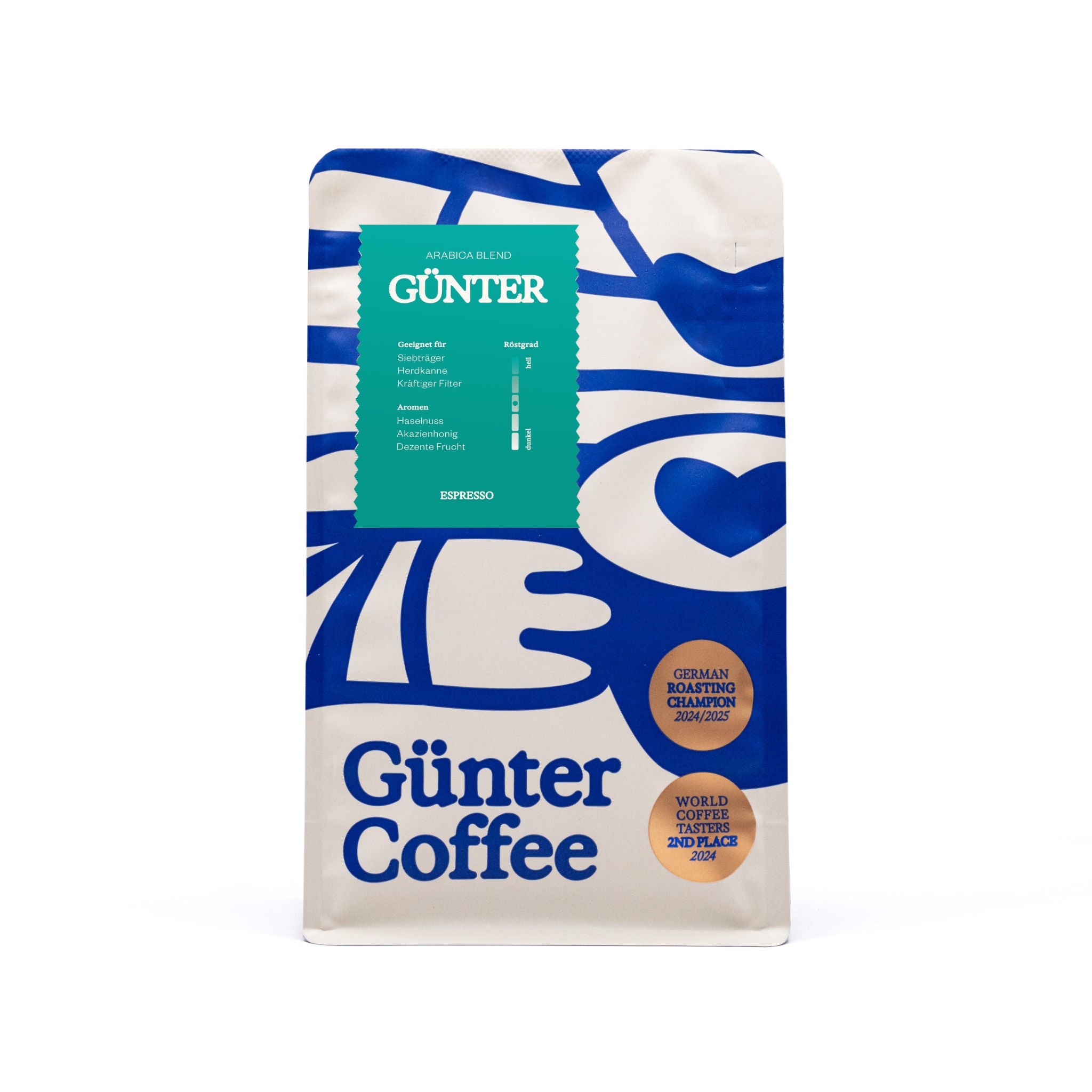
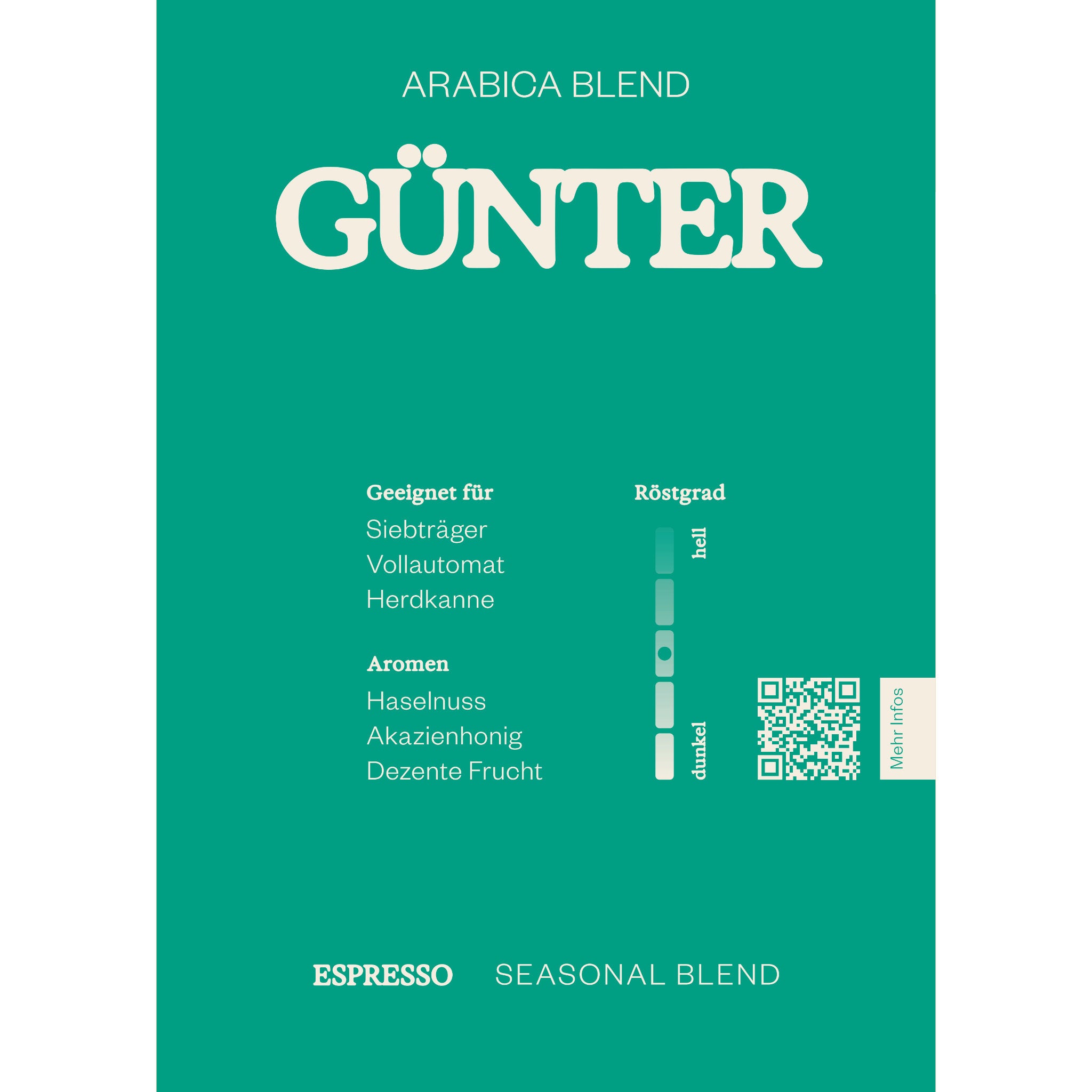

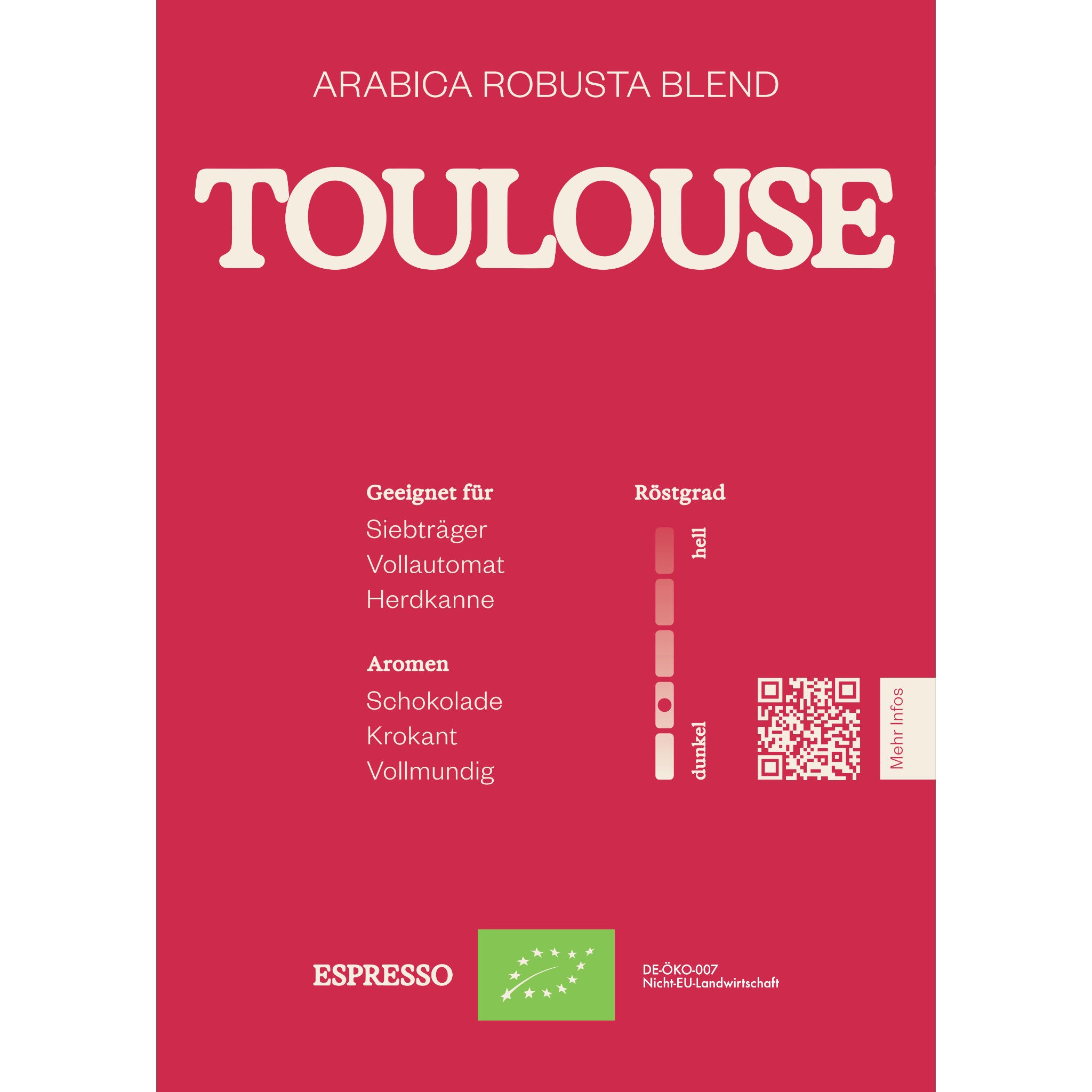

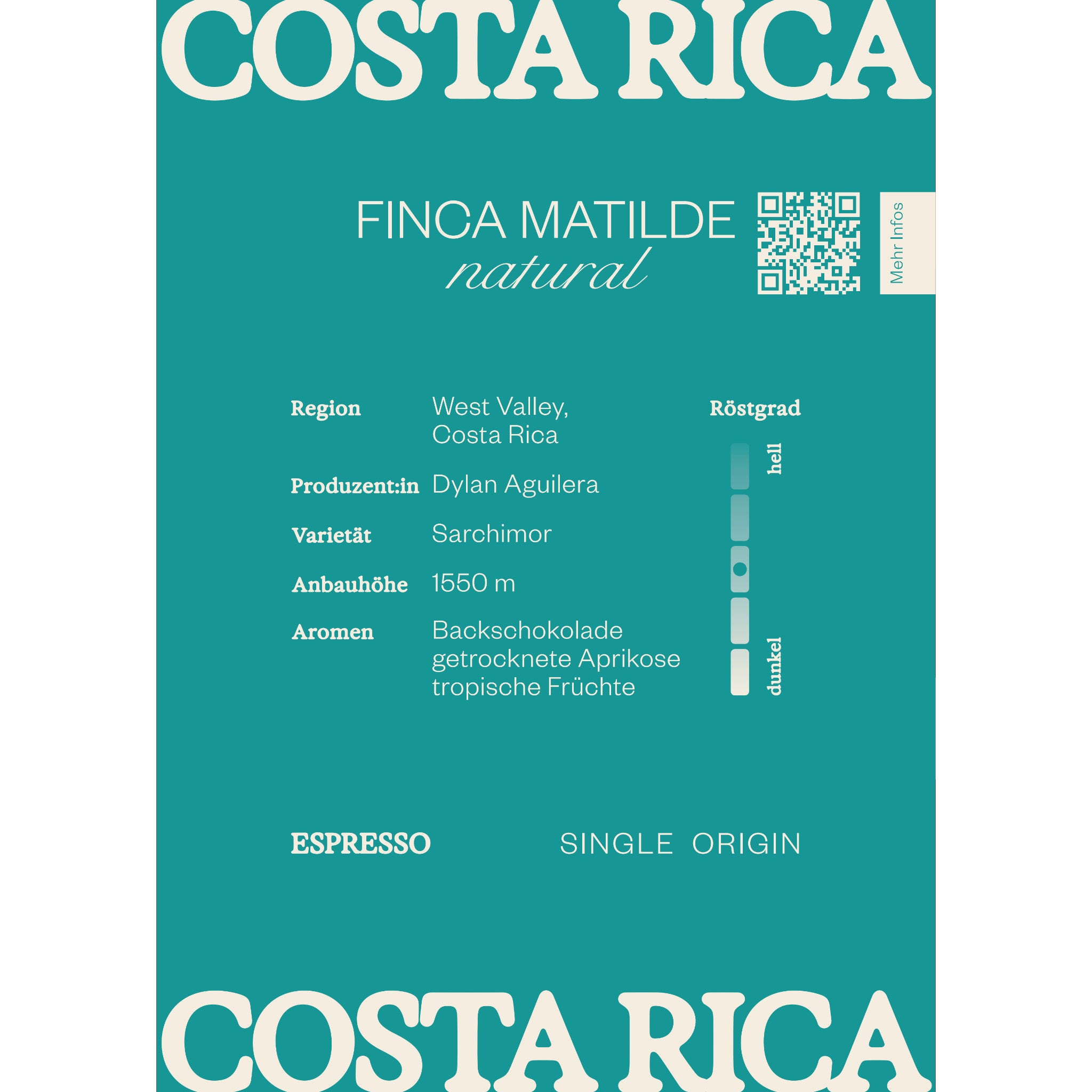
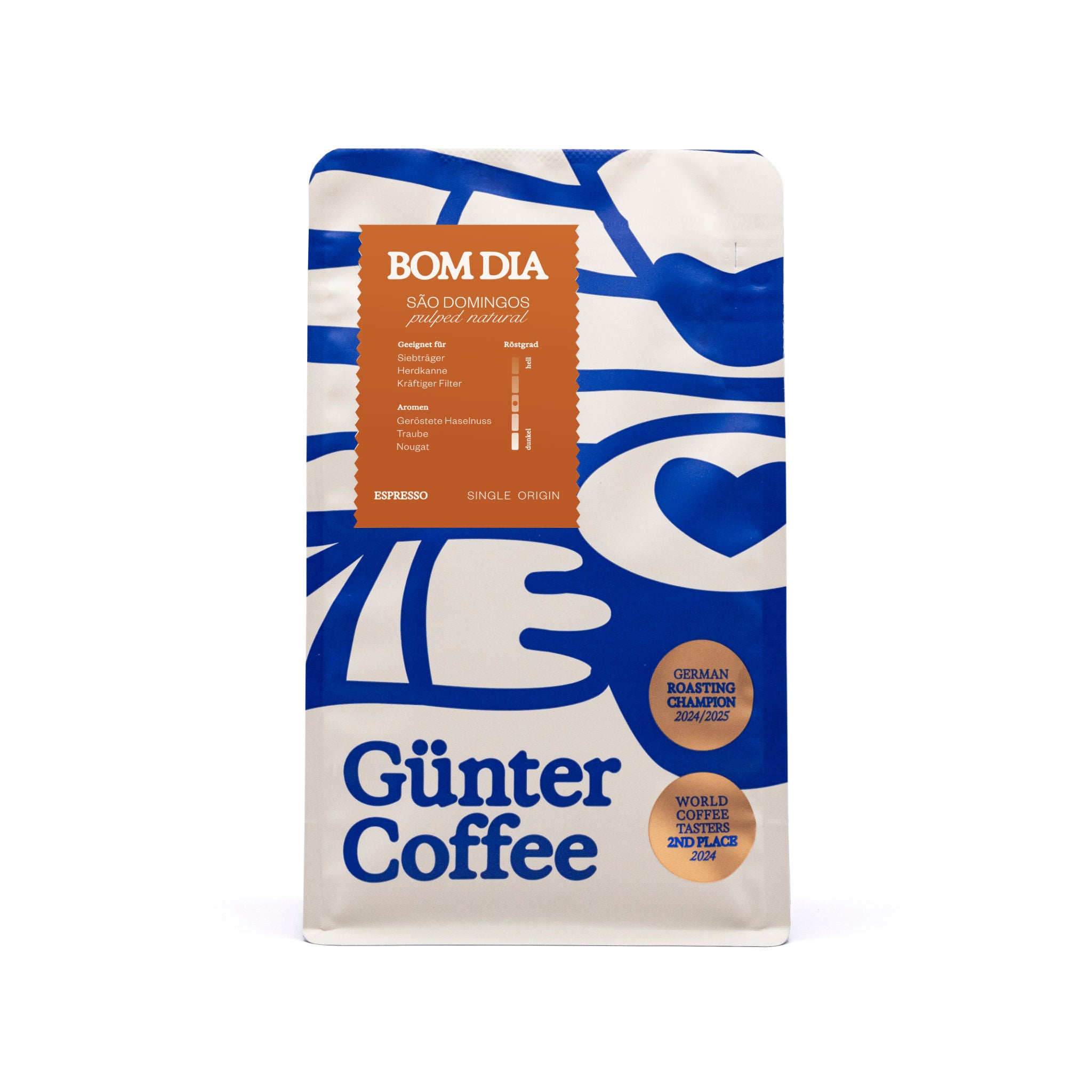


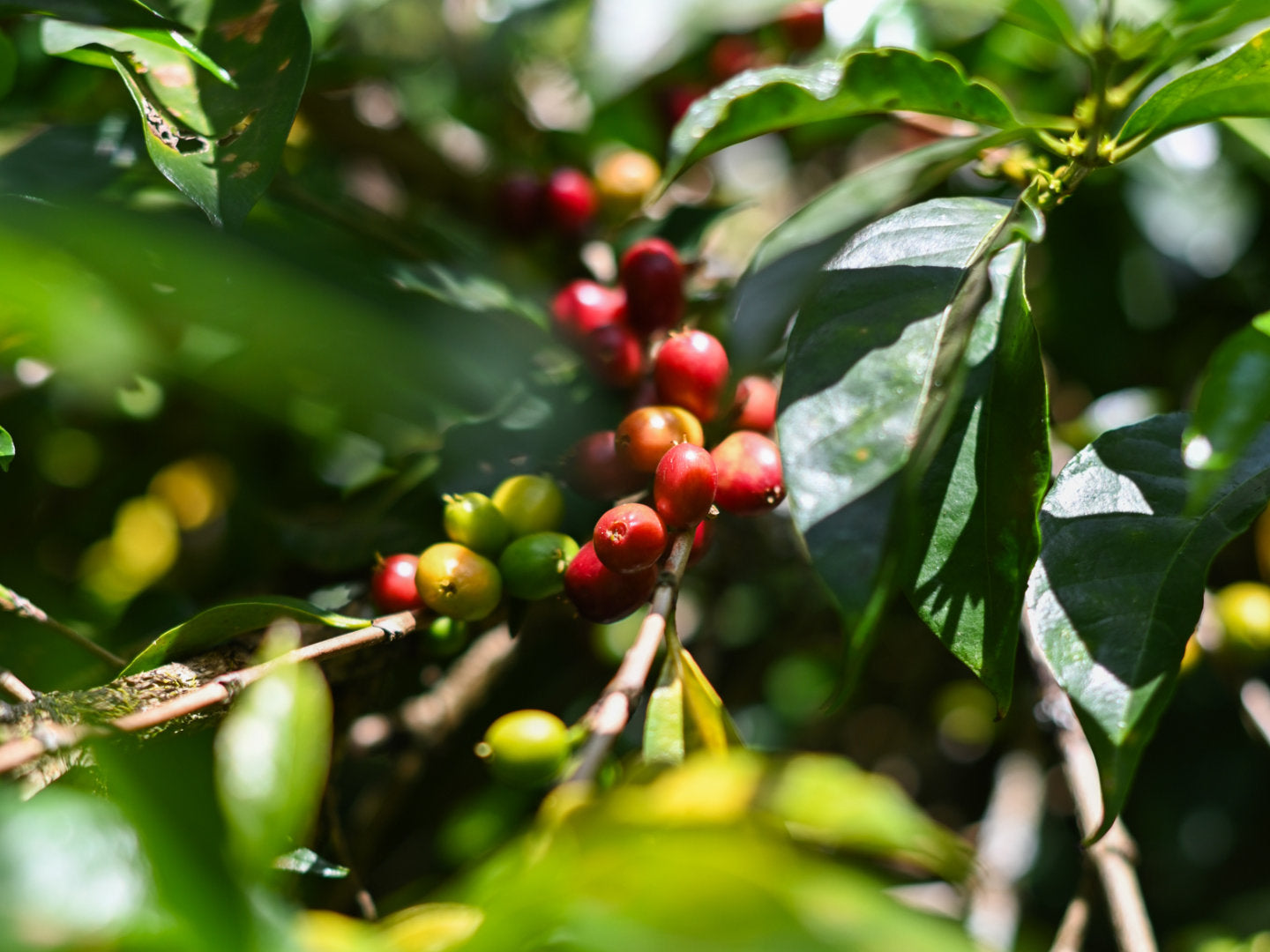





1 comment
Werner Langenegger
Vielen Dank für Ihren guten und informativen Artikel.
Wir leben hier in Costa Rica im Zentraltal inmitten der unzähligen Kaffeefincas. Wir kennen die harte Arbe der Kaffeeproduzenten und auch das entbehrungsreiche Leben der Kaffeepflücker.
Es ist schön zu wissen dass die Kaffeeerzeugnisse unserer Fincas in Europa von guten Röstereien zu edlem Kaffee weiterverarbeitet und geschätzt werden.
Hier ist nur Arabica erlaubt. Der Anbau von Robusto ist verboten.
Vielen Dank für Ihren guten und informativen Artikel.
Wir leben hier in Costa Rica im Zentraltal inmitten der unzähligen Kaffeefincas. Wir kennen die harte Arbe der Kaffeeproduzenten und auch das entbehrungsreiche Leben der Kaffeepflücker.
Es ist schön zu wissen dass die Kaffeeerzeugnisse unserer Fincas in Europa von guten Röstereien zu edlem Kaffee weiterverarbeitet und geschätzt werden.
Hier ist nur Arabica erlaubt. Der Anbau von Robusto ist verboten.